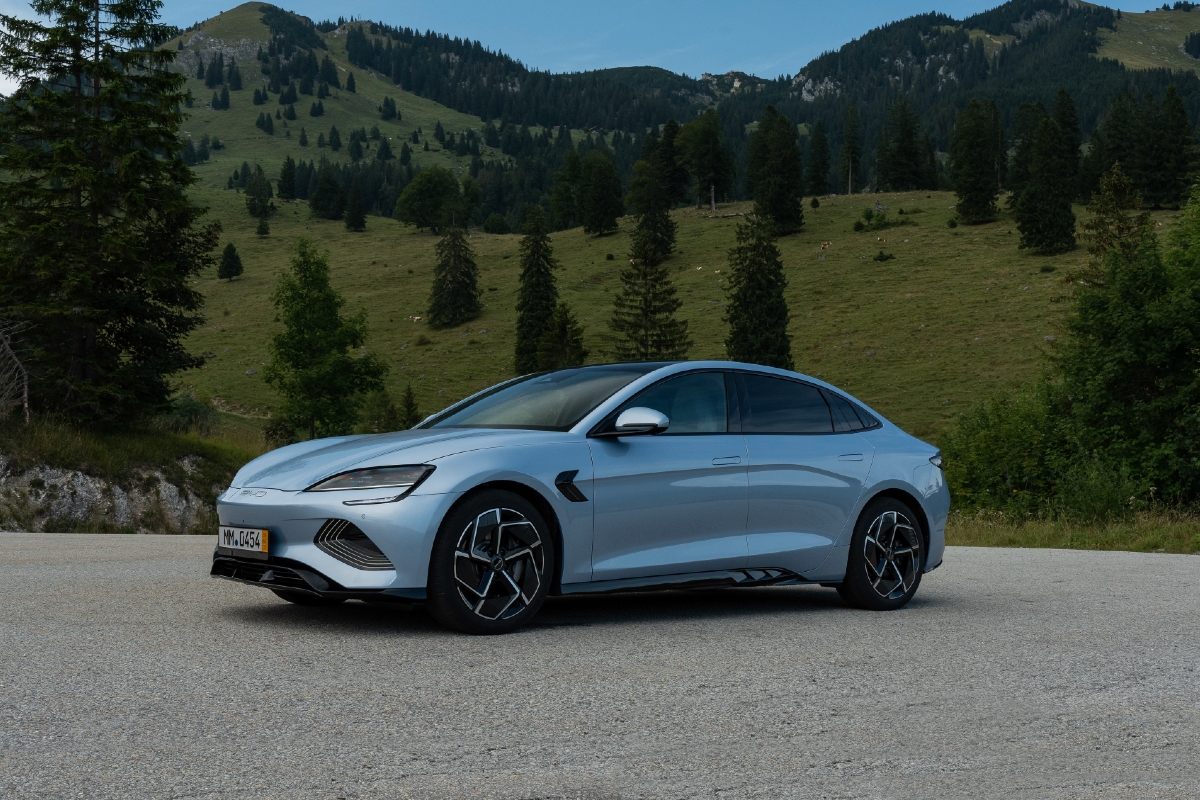
What is it?
The newest, and arguably closest, rival to the wildly popular Tesla Model 3. But this electric sedan isn’t just about saving fuel, we test the range-topping BYD Seal Performance variant, which is perhaps the closest thing we now have left to the Kia Stinger and Holden Commodore SS.
Obviously it’s not powered by a V8 or turbocharged engine, but the BYD Seal Performance is in a similar price range to the Stinger and VF Commodore and packs a serious punch from its dual-electric motor powertrain.
But by being electric, similar in size and undercutting the Model 3 on price, it has the best chance yet to cut into Tesla’s dominance of the Australian electric car market.
READ MORE: Can China create an iconic global car brand?
What’s under the bonnet?
There are three variants of the Seal available in Australia – Dynamic, Premium and Performance. The first two come with a single, rear-mounted electric motor and rear-wheel drive, but the latter (which we tested) is dual-motor and all-wheel drive.
Because of that the Performance produces a very healthy 390kW of power and 670Nm of torque.
That’s enough grunt for the Performance to launch 0-100km/h in just 3.8 seconds, and while we didn’t run it against the clock ourselves, it did feel very quick off the mark during our real-world testing.
How does it handle?

It’s easy for electric cars to slap on a ‘Performance’ badge and claim to be a performance car, when really they’re just very quick in a straight line, thanks to the near-instant torque delivery. But for our money a true performance car needs to handle the corners well too to earn that title.
Fortunately for BYD the Seal is a genuinely impressive car when the going gets twisty. That’s thanks in large part to the Frequency Selective Damping system that’s fitted to the Seal Performance – but not the Dynamic or Premium.
This set-up uses adaptive dampers working in conjunction with the Intelligence Torque Adaption Control (which is a form of torque vectoring) to endow the Seal Performance with surprisingly sharp handling for an EV, without compromising on a compliant ride.
Does this make it as enjoyable to drive as the VF Commodore SS-V? No, of course not. That was a truly world-class car that was the zenith of decades of locally-made cars. Is the BYD Seal as engaging as a BMW M3 or Mercedes-AMG C63? No, not quite.
But, is it a genuinely enjoyable and, dare I say, fun, car to drive (regardless of powertrain)? Most definitely.
Where would you most like to drive it?
I’d like to see how the Seal handles itself on a racetrack, somewhere fairly technical and tight, to showcase that torque from the corners and really put the handling to the test.
What’s the interior like?
Unlike its chief rival, the Model 3, which has opted for an ultra-minimalist (some may say, cost-cutting) interior design, the Seal has some design flair to it. It doesn’t look or feel particularly premium (but BYD isn’t selling it as a luxury car) but it does have a well thought-out design.
There’s two smartphone charging pads, a large shelf underneath, a pair of cupholders and a lidded console box, all integrated into the centre console for a clean, simple look.
The seats are comfortable and offer good adjustment and, crucially, for the Seal Performance the seats offer good lateral support to keep you from slipping when cornering at speed.
There’s also plenty of space throughout the cabin, both up front and in the rear seats, with the only issue being the headroom for taller passengers because the tapered roofline and the glass roof compromise space.
How much does the BYD Seal cost?
The BYD Seal Dynamic begins the range at $49,888 (all prices exclude on-road costs), with the Premium starting at $58,798 and the Performance topping the line-up at $68,748.
For comparison, the latest Tesla Model 3 starts at $61,900 for the RWD version and $71,900 for the AWD variants, making the BYD Seal cheaper across the range.
Would I buy one?

Buying a new brand always comes with risks, because we don’t know how the Seal will age. But if you’re looking to make the switch to an EV this is an appealing package, thanks to its sporty character, comfortable interior and competitive pricing.
It may not be a true sports sedan in the same way as the Stinger and Aussie-made Commodore, but it is a big step in the right direction for electric cars.



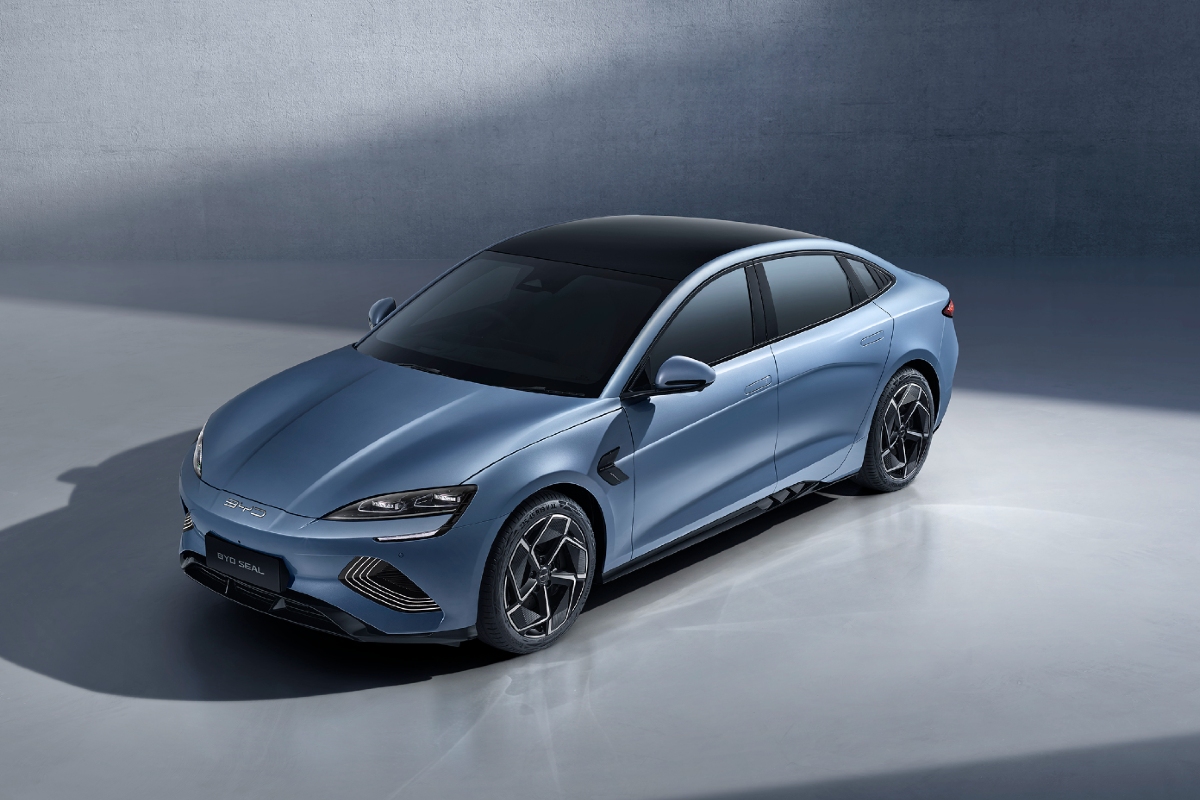

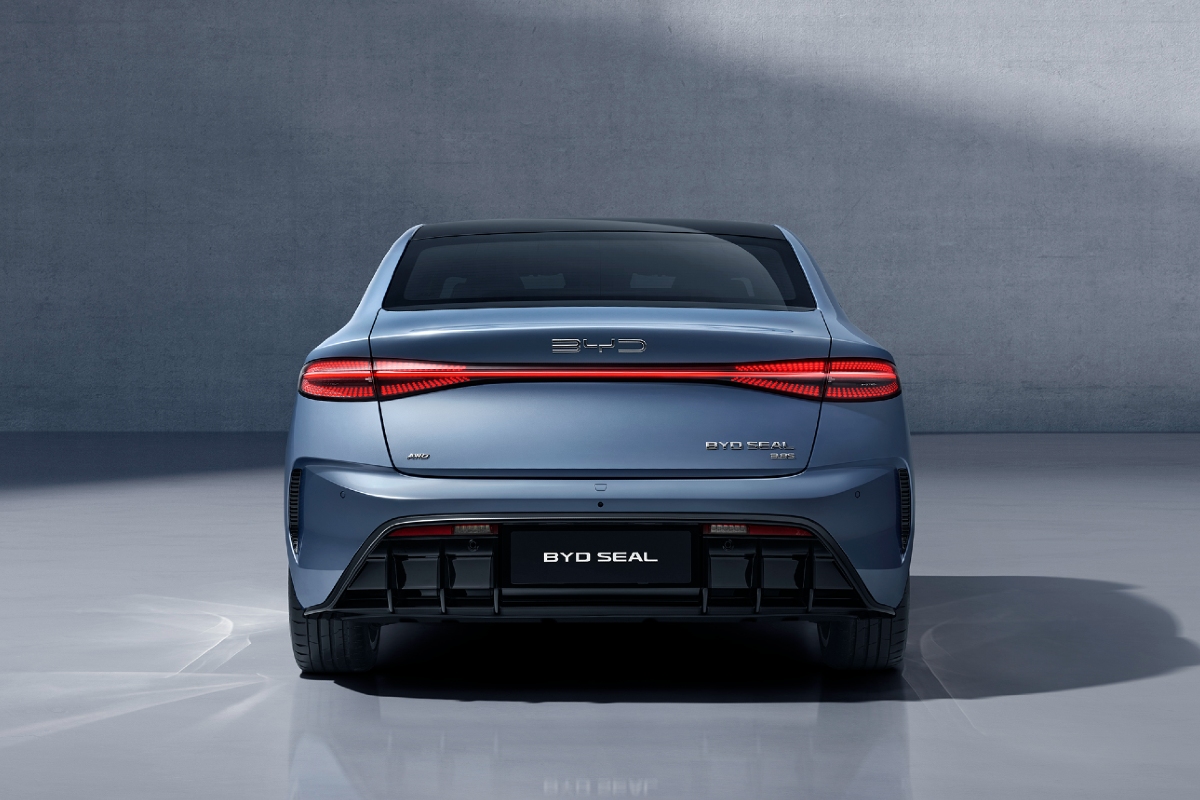
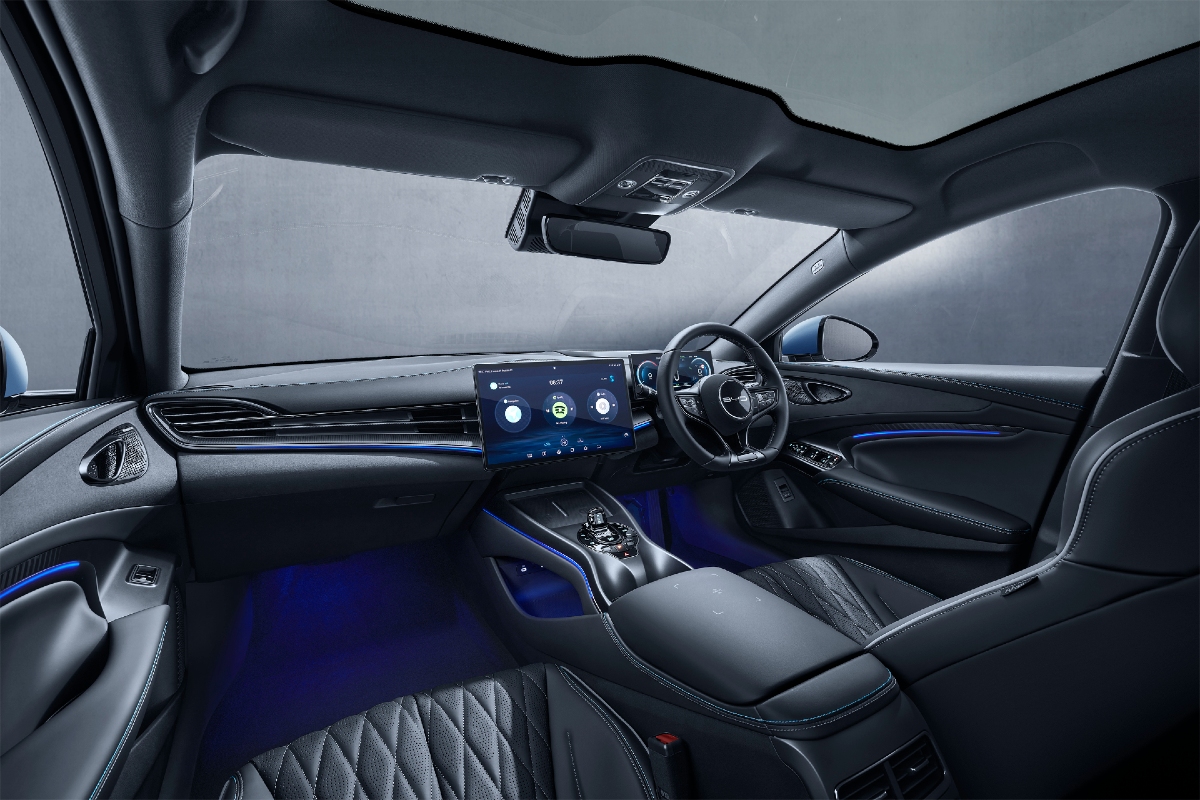
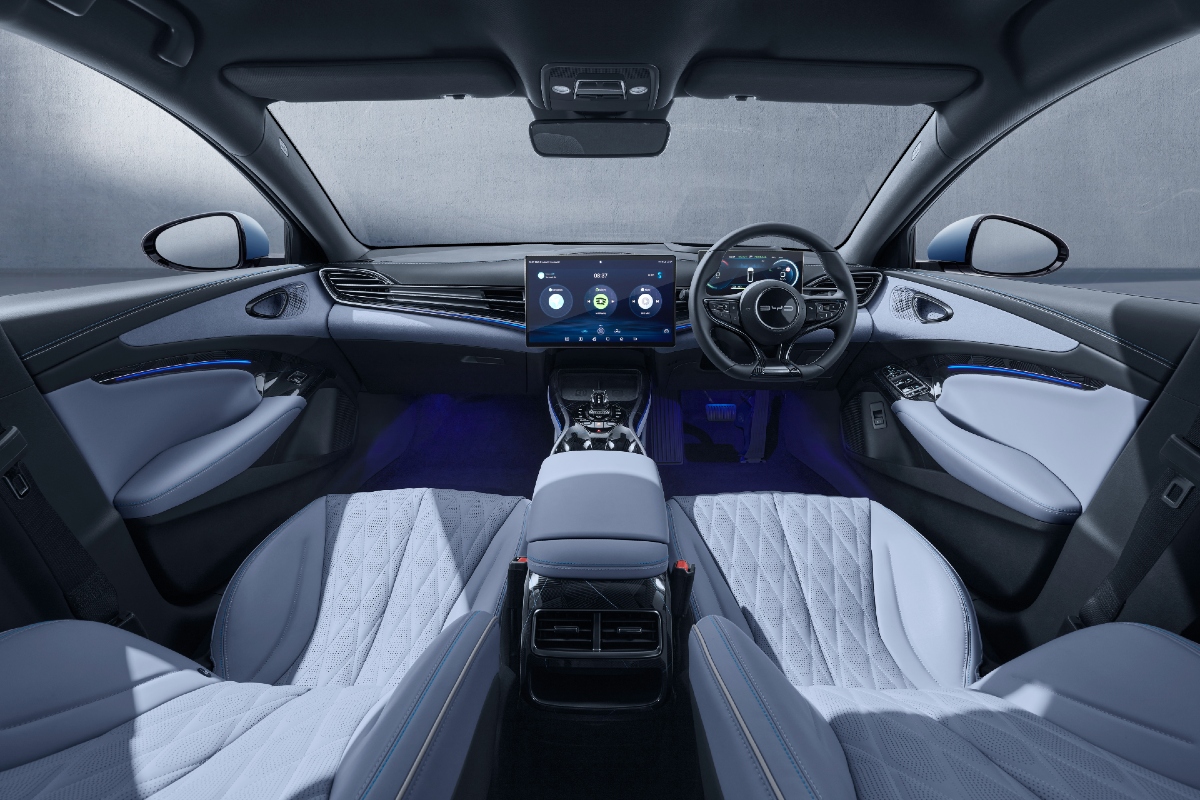









Discussion about this post